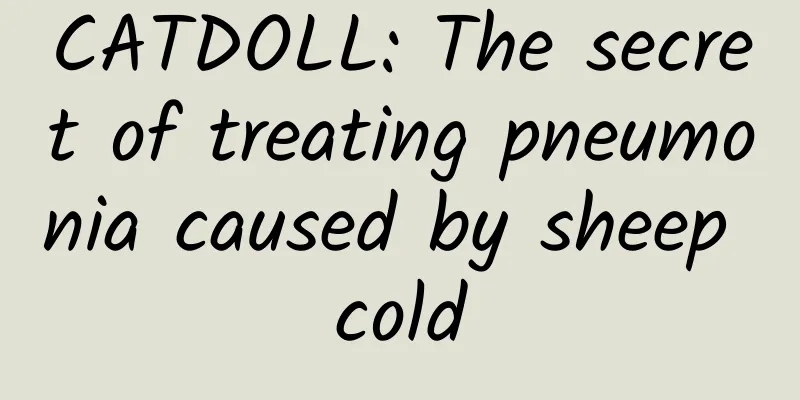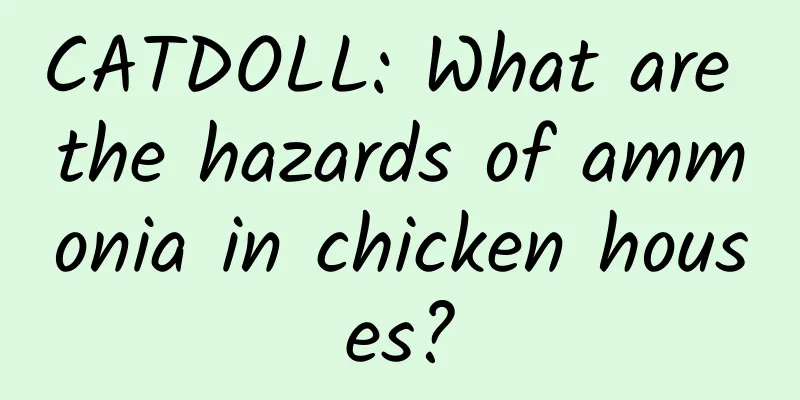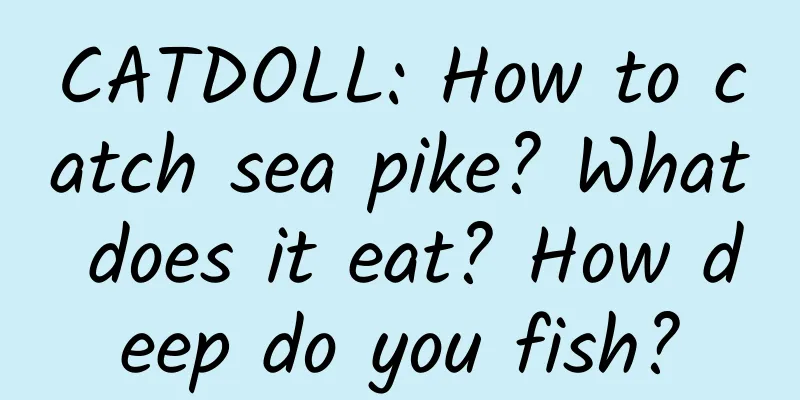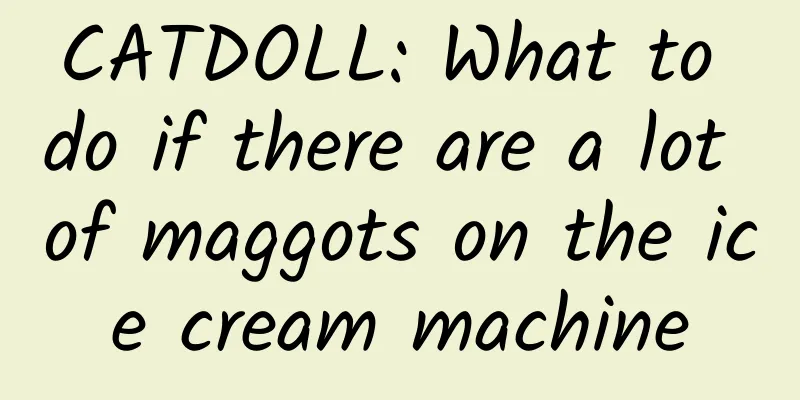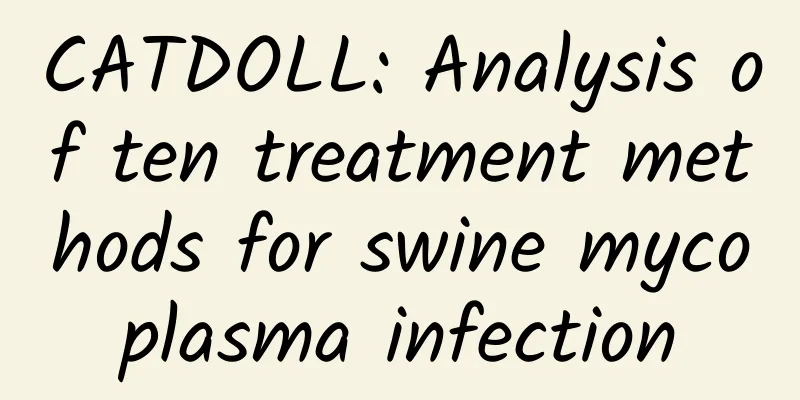CATDOLL : What are the symptoms of hairballs in cats? How should they be treated?
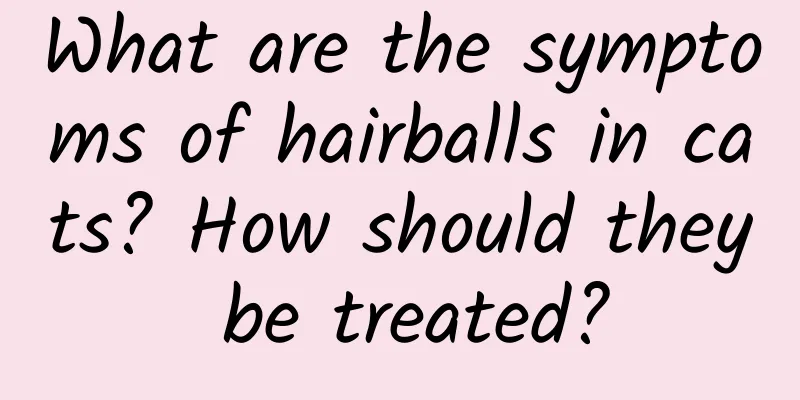
|
Symptoms of hairballs in cats: 1. Cats frequently vomit or dry heave and there is hair in the vomit. When hair balls are in the stomach or esophagus, they will constantly irritate the mucous membrane and cause the cat to frequently dry heave. If the hair ball is stuck too far forward, the cat may also have symptoms of coughing. 2. When hairball disease is severe, cats will experience symptoms of loss of appetite and depression. Hairballs are stuck in the digestive tract, reducing gastrointestinal motility, and cats will naturally suffer from indigestion and a decreased appetite. 3. The hair of cats with hairball disease will appear dry and frizzy. The hair that cats eat when licking their hair accumulates to form hairballs that block the digestive tract or entangle food. The food cannot be digested and absorbed, and the cat is prone to malnutrition. At this time, the hair will appear dry and dull. 4. The cat's abdominal circumference has increased significantly. Because some cats eat too much hair, their abdominal circumference will increase significantly. 5. When cats suffer from hairball disease, they will experience symptoms such as constipation, dry and hard stools, and hair mixed in the stool. Treatment for cat hairballs: 1. Comb your hair more often Cats have hairballs because they lick their fur, which causes them to eat a lot of hair. The owner can try combing the cat's hair with a fine-tooth comb on a daily basis, helping the cat comb its body hair and clean up some of the fallen hair, so that the cat can eat less. Combing the hair for more than ten minutes every day can also stimulate the hair follicles and accelerate the growth of hair, which is very beneficial to the growth of hair. 2. Feed cat grass When a cat has hairballs, if the condition is mild, you can feed it some cat grass. The so-called cat grass is actually wheat grass, barley grass, oat grass, or ordinary grass outside. These cat grasses can induce vomiting, and cats can vomit hairballs after eating them. However, be careful not to feed too much, as repeated vomiting may cause physical discomfort to the cat. 3. Feeding hair removal cream Some cats don’t like to eat cat grass, and they will not be interested in it even if it is planted well. At this time, the owner cannot ignore it and must do a good job of prevention. In addition to cat grass, you can also prepare some hairball-removing paste such as Meow Fun Balls for cats to eat. Cats like the taste of hairball-removing paste. Squeeze out a little bit of it and feed it to the cat in daily life, which can help prevent the problem of hairballs. 4. Surgical removal If the cat's hairball disease is already in the late stage, the above methods are unlikely to help it expel the hairballs, and the hairballs may even block the cat's intestines, causing constipation, lethargy, loss of appetite, etc. The cat needs to be sent to a pet hospital and have the doctor remove the hairballs through abdominal surgery, and then provide care in the later stages. |
<<: When not to shave your cat
>>: What kind of shower gel is good for cats with severe hair loss?
Recommend
CATDOLL: How to breed water centipedes
How to breed water centipedes Set up the sandworm...
CATDOLL: How many people are needed to raise 500 beehives? (How many people are needed to raise 500 beehives?)
1. How many bee colonies can one person raise? Ke...
CATDOLL: How many kilograms of loach can be produced per mu?
1. How many kilograms of loach can be produced pe...
CATDOLL:How to grow cicadas?
Plant it in autumn and winter, bury it about 1 me...
CATDOLL: The origin of crabs
Origin of Crab 1. Yangcheng Lake hairy crab This ...
CATDOLL: How to process and store medicinal centipedes?
How to process and store medicinal centipedes? (1...
CATDOLL: How much does a golden arowana fry cost?
How much does a golden arowana fry cost? How much...
CATDOLL: Wholesale price of greenhouse turtle market, 2021 wholesale price list of greenhouse turtle?
The wholesale price of greenhouse turtles. For th...
CATDOLL: What are the differences between green shrimp and red shrimp? What conditions are required for breeding?
What are the differences between green shrimp and...
CATDOLL: Do spiders recognize their human masters? (Do spiders recognize their human masters?)
1. How to make a spider recognize its owner? Spid...
CATDOLL: What are the factors that affect the color of ornamental fish (mainly external factors, not including genes, such as temperature, certain ions, etc.)
1. The temperature is suitable for burial and is ...
A complete guide to ultrasound examinations in sows: steps, tips and considerations
introduction B-ultrasound examination of sows is ...
CATDOLL: Is grazing in the frog ditch beneficial to the frog?
1. Is grazing in the Rana ditch beneficial to Ran...
What is the function of cat pads?
The function of cat pads: 1. It acts as a shock a...
CATDOLL: How bees make honey
1. How is honey made from bees' honey? Honey ...
